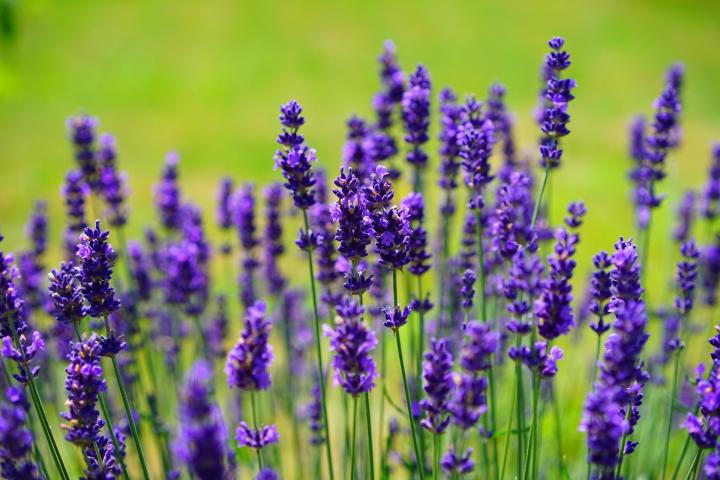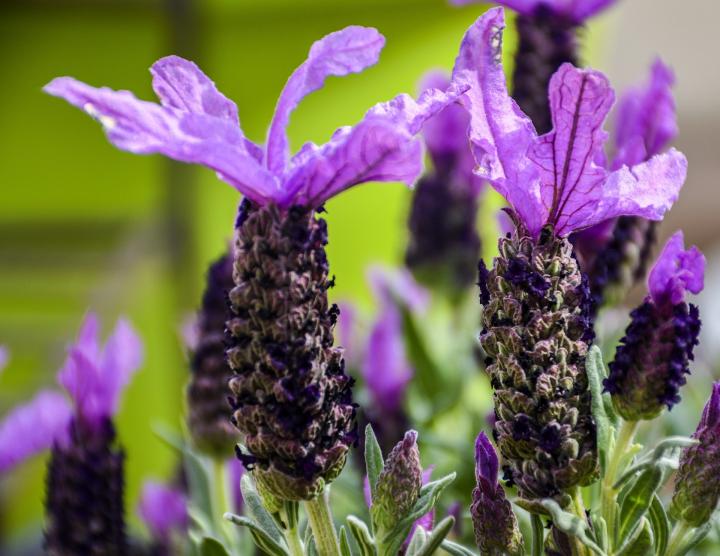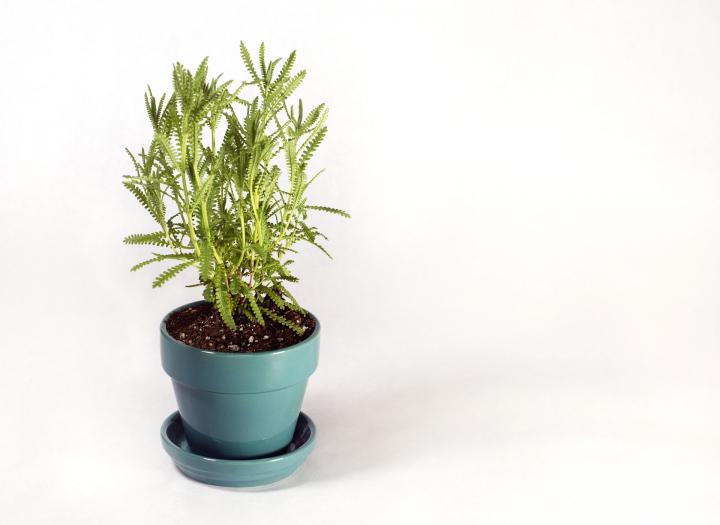
Overwintering Perennial Lavender Indoors and Outdoors
ADVERTISEMENT
Is there a time for pruning lavender andwhen would that be in zone 9. Im not surecwhich lavender i have
In your warmer zone, you can prune lavender immediately after the plant flowers in summer to early fall. However, do not prune lavender plants six weeks before your area’s first frost date as it’s susceptible to winter damage.
A note to those who live in northern climates: Do NOT prune lavender in the fall, as this may kill the plant. Prune in spring.
Spanish lavender in a container has been hardy in zone 9b directly light and stretches of 100°F days in summer. How should I winter it in our very foggy winters with stretches of 40°F (rarely dipping near 32)? (Southern San Joaquin Valley of Calif)
Hi Phil, Spanish lavender is suited to overwinter in your hardiness zone and should do just fine outside in your area, even with temperatures in the 40s.
You can add a little mulch on top of the soil to give the roots extra protection against lower temps and when winter weather is expected to be more severe, move it to a sheltered area to protect against winds and temperature drop. If it gets to a point where you are concerned about your lavender plant surviving the outdoor elements, simply move it indoors and place it on a sunny windowsill.
Hope this helps!
In the article above it says Spanish and French lavender is hardy only at Zone 8 and warmer and then later it says it is hardy only up to zone 8. Can someone clarify this as it is contradictory? I am guessing that French isn't the one for me to use in my zone since of course that is my favorite over the other and would be just my luck. ;)
Sorry Robin your not all together right ...I live in Zone 3-4 in Northeast California and I have Lavender in my garden..we get 20 °daytime high and as low as 10-15° below 0 at night, 2-4' of snow at times in the winter..I have 4 plants and have so much lavender spikes I can't cut all of them to dry...
Do these recommendations also pertain to a lavendar tree? I live in zone 7a, and I have kept my tree in a pot all this spring/summer season. This will be the first fall/winter for it. I plan to bring it inside and place near my patio doors facing west. Will this work? Any further advice? Thank you!
We have had a higher than normal snowfall this year, my lavender plants have been covered in 3 feet of snow for all of February. Will they survive? In past years, small amounts of snow have not impacted.












